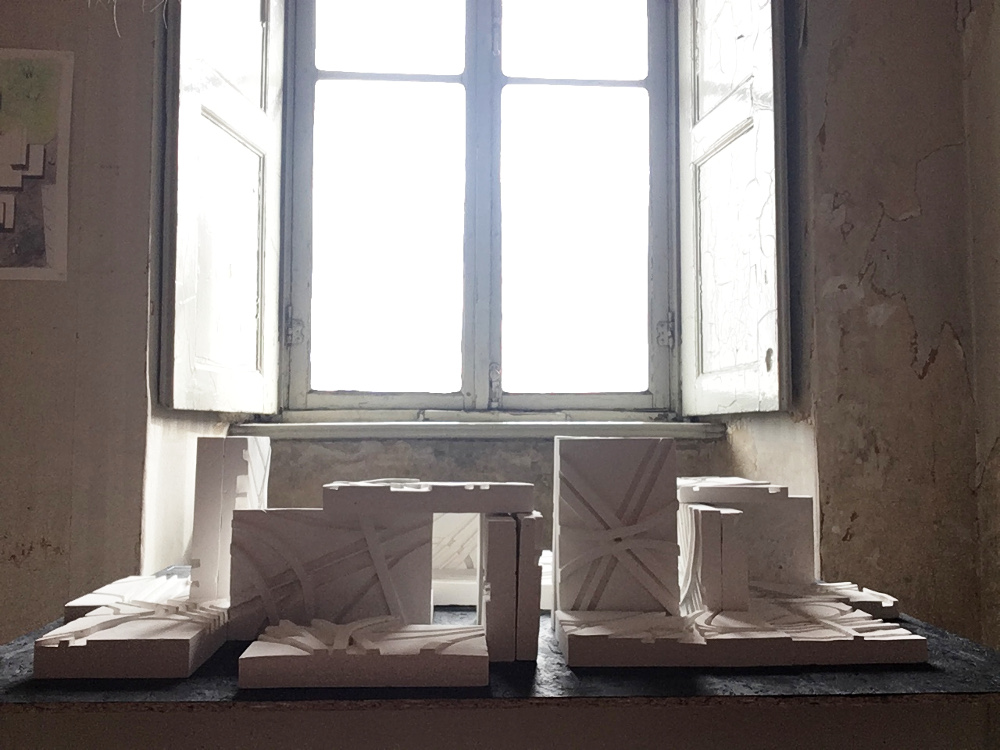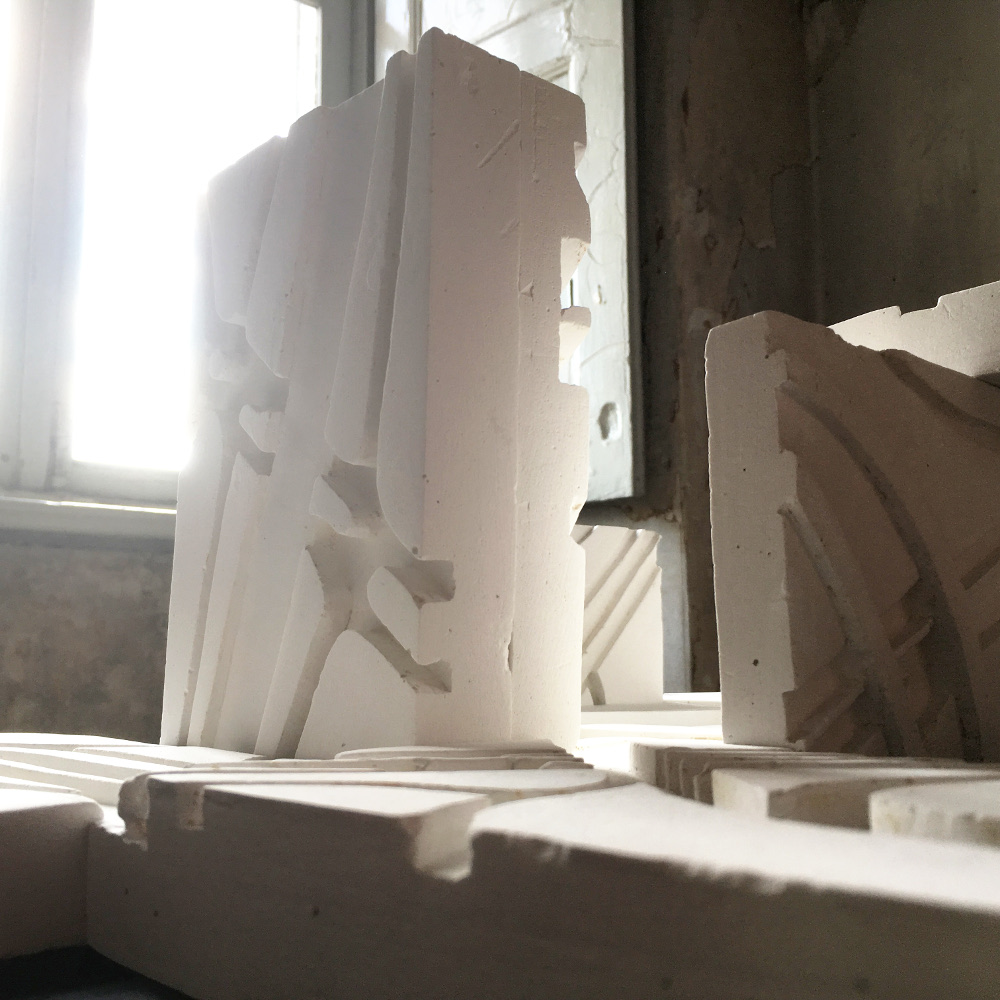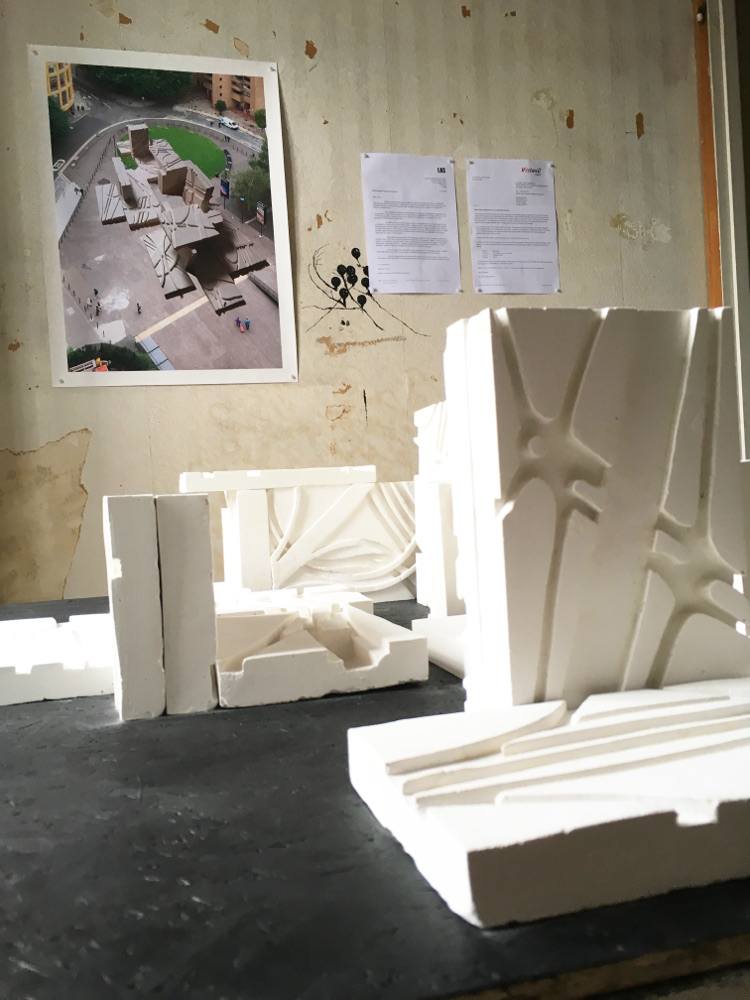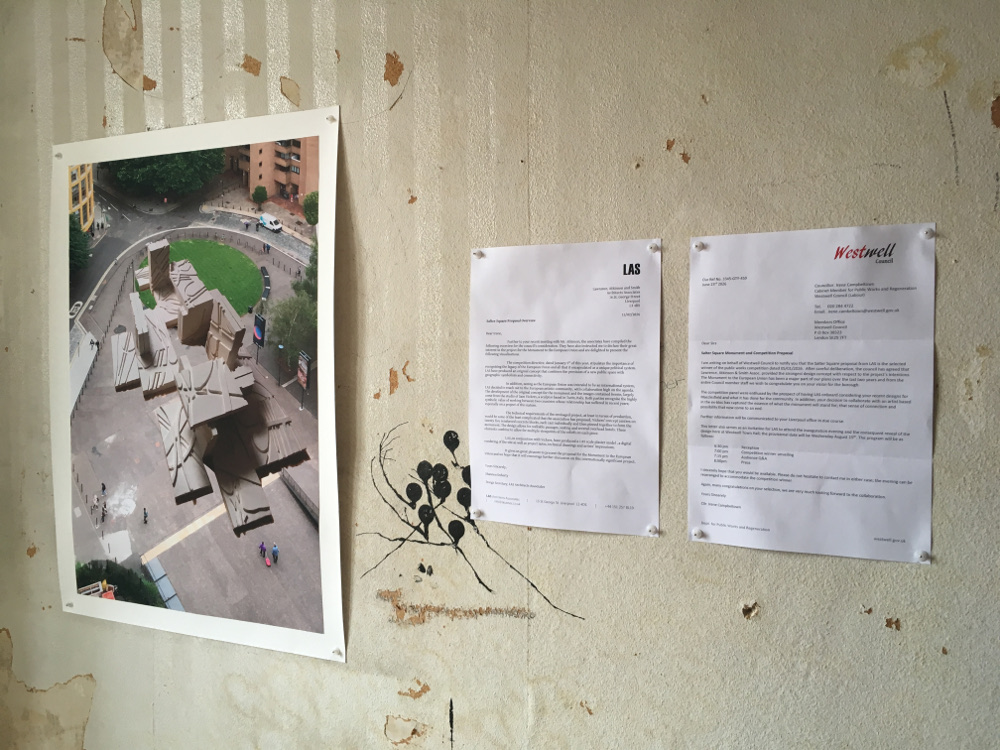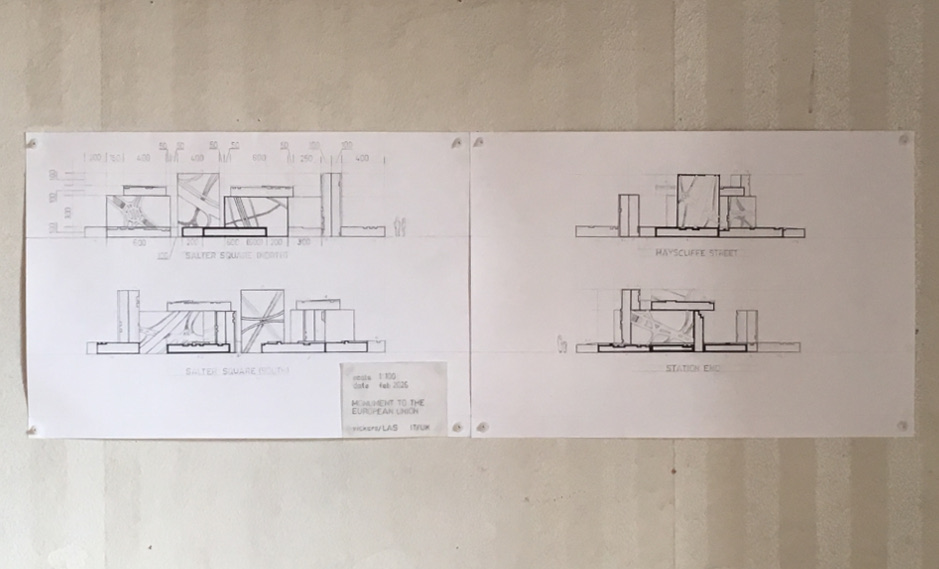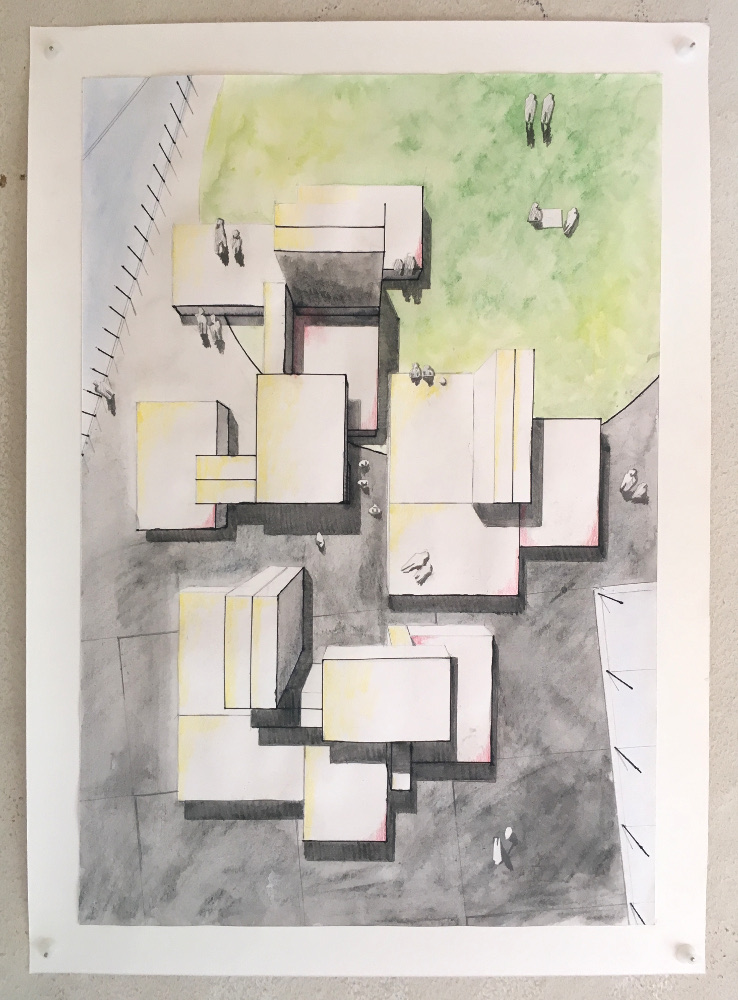I’m pleased to announce that my photographic work “14 Exposures” has been selected for the upcoming Aire Place Studios “Win It! Art Prize”; their inaugural art competition. Full press release below. Many thanks to the judges and I’m looking forward to showing alongside 39 other artists!
PRESS RELEASE
Issued: 25th May 2022
For Immediate Release
Amazing Artist Prizes for Deserving Artists - And you can have your say!
Aire Place Studios presents Win It! 2022, our very first art prize exhibition. Showing, sharing, and celebrating talent, this exciting visual arts competition offers winning artists valuable prizes to aid their future practice.
Launching on Friday 10th June, this premier edition of Win It! features the works of 40 talented artists. Join us at Aire Place Studio’s Gallery from 6-9pm to mark the breadth of creative genius and congratulate the winner of the £750 Win It! award, as chosen by our judging panel.
That’s not all though! Following the big reveal, voting commences for the 2022 People’s Choice Award. We need you to help us decide the deserving winner by telling us your favourite on our Instagram, with the winner of an additional £250 prize announced at the closing of the show.
Viewers can explore our newly purpose-built gallery space and browse over 40 diverse and wonderful artworks, with most works available to purchase.
This competition gives artists across the nation the opportunity to showcase their work in our gallery as well as be in the chance of winning amazing prizes, designed to help support the artist’s practice:
Our Prizes:
Aire Place Studios Prize: £750 cash prize.
The People’s Choice Award (selected by a public vote): £250 cash prize
Our Prize Exhibition judging panel have the tricky task of naming one worthy artist to receive the top prize. The panel consists of four passionate industry experts: Sarah Francis, Founder and Curator of Aire Place Studios, Joss Cole, Gallery Owner of Coles Gallery, Hannah Merril, Artist & Tutor and Lucy Fiona Morrison, Artist & Curator. Together they have toiled to debate the winners; “I’m really happy with our final selection and hope that it will have a positive impact for all of the artists involved”, Judge Sarah Francis.
To cast a vote in the People's Choice Award simply head to our Instagram @aireplacestudios to preview the Artists profiles ahead of the exhibition closing. The artwork shown the most love will win! Voting opens at 7pm on Friday 10th June and closes at 5pm on Friday 24th June 2022.
The winner, as chosen by the judges, will be announced publicly during our launch event on Friday 10th June 2022 6pm - 9pm.
##Ends##
Notes to editors
@aireplacestudios | www.aireplacestudios.com
Aire Place Studios is a creative studio which holds spaces of equality and solidarity. We host comfortable studios spaces, hold safer spaces for workshops and a bold gallery space centred around innovation and inclusivity.
Aire Place Studios also features a collective of associated artists who exist to radically uplift under-represented creatives with empathy and warmth to realise the potential of those often overlooked by traditional art institutions. This dynamic collaboration builds trust and collective accountability to serve our communities.
Key dates:
Win It! Exhibition
1 June - 24 May 2022*
*See our socials for daily opening times
Public Launch Event Friday
10 June 2022 @ 6PM - 9PM
Closing Event
24 June 2022 @1PM - 4PM
Creative Café Networking Events
Every Friday @ 4PM – 6PM
Higher Resolution files of the featured images are available on request.
All artist images feature in Win It Exhibition 2022 are available for publishing in promotion of Aire Place Studios, please contact for requests to use alternative Artist imagery.
Judges Bios
Sarah Francis
Sarah Francis is a Leeds based Artist Curator. Founder and Curator of Aire Place Studios, Curator for Emergence(y) in collaboration with Ort Gallery and International Curators Forum. Sarah is part of DISrupt collective of disabled artists in Leeds and is a practising artist in mixed media and performance photography.
Lucy Fiona Morrison
Lucy Fiona Morrison is an international artist and Curator of the annual Great Yorkshire Show – Art Show, Harrogate, and founder of The Virtual Art Fair. Morrison has established a reputation as an oil painter renowned for capturing the character and essence of the land with large scale landscapes.
Joss Cole
Joss Cole is the founder and owner of Cole's Gallery, an independent art gallery established in 2019 and located in the historic Leeds Corn Exchange. Cole is a practising artist known for creating expressive watercolour paintings. Works explore conceptual links between literature (poetry), visual art and life.
Hannah Merrill
Hannah Merrill is a globally exhibited artist and tutor, hailing from Connecticut, USA. Having trained professionally all over the world, Merrill now resides in Leeds, where she creates and teaches from her home studio. Making beautiful delicate works with an environmental conscience, Merrill's recent series provides a feminine viewpoint on environmental issues.


















